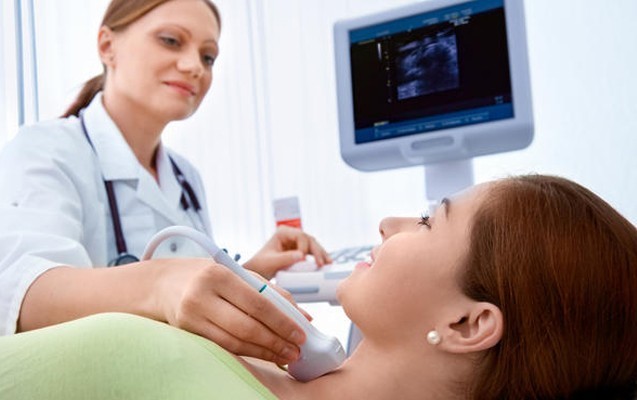
Ultrasound examinations
Ultrasound examinations Warsaw
The Krajmed Medical Centre has an Ultrasound Clinic run by Dorota Kołątaj, PhD, with 27 years of experience in the daily work of clinical ultrasound diagnostics, including 22 years of experience as a scientific assistant at the Oncology Centre – Institute in Warsaw. Ultrasound examinations are performed with a very high quality PHILIPS HD 15 ultrasound scanner, equipped with modern functions, which enable clinical evaluation at a high level of certainty. We use a high-resolution probe (12 MHz linear) to assess changes in size of 1-3 mm. The aim of our ultrasound laboratory is to detect the smallest possible lesions that require rapid further diagnosis or treatment.
